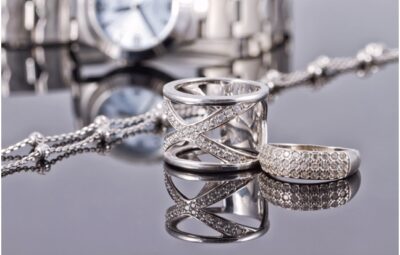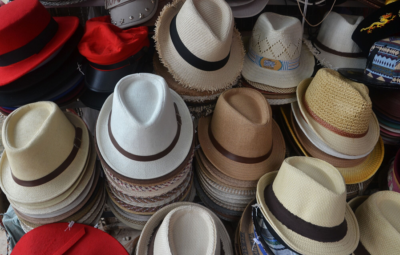Babies who enjoy a lot of physical contact and are carried are more balanced and cry less. The mother’s body is the baby’s natural “biotope”: the newborn feels safe and secure there. A lot of body and especially skin contact also promotes milk production. The direct skin-to-skin contact stimulates the mother’s milk production hormones and enables unhindered access to the breast and frequent breastfeeding. Baby carriers can support the kangaroo. You can use Kangaroo Shirt too. And today, dads can use the Kangaroo Shirt just like moms.
Carrying aids are now available in countless variations and from numerous manufacturers. The different variants have their advantages and disadvantages and are suitable for different situations. This article is about how breastfeeding can be promoted and facilitated with the help of towels and other baby carriers.
The bonding top for the puerperium
The bonding top is particularly suitable in the puerperium to enable direct skin-to-skin contact between mother and newborn over a longer period of time and thus to support milk production. At the same time, the mother is always dressed.
It is also ideal for kangaroos in premature babies. Even after a caesarean section , this kangaroo aid can be used as a so-called “ Caesarean top ” in the delivery room. After the caesarean section, the baby is placed in the top on the mother’s stomach while the mother is being cared for. There the baby feels the warmth and the well-known heartbeat of the mother. The first bond between mother and child takes place and the breastfeeding hormones get going. Some hospitals use their own cloths for this so-called “Caesarean section bonding”, others do not even offer Caesarean section bonding for organizational reasons.
The bonding top can be worn all day long in the puerperium for kangaroos, where it serves as a common piece of clothing for mother and baby : The mother puts it on over her bare upper body and lays it naked (except for the diaper, if necessary) Newborn into it. The bonding top warms and covers both of them and holds the baby firmly on the mother. It dresses the mother reliably, so that mother and baby can kangaroo skin to skin even when visiting and in larger families.
The bonding top is offered by Didymos , Hoppediz, and Candide , and other manufacturers are now also offering bonding tops, such as Seraphina the skin-to-skin top.
The elastic sling from birth to the 6th month
Elastic slings are also ideally suited for creating direct skin-to-skin contact and thus for promoting milk production. They can also be used right from birth. Their advantage compared to the bonding top is that they are also suitable for wearing. So the mother – as soon as she is able to do so – can run around with the baby and continue kangaroos on bare skin, for example during housework or on the go. However, there are big differences between the various manufacturers when it comes to the quality of elastic slings. Some elastic slings on the market expand greatly under the weight of the baby and have to be constantly tightened so that they still offer support: This means that they can only be used for a relatively short period of time after the birth. High-quality elastic slings offer a stable hold up to 9 kg, i.e. up to about the 6th month. At the same time they have a velvety, supple fabric, which – in contrast to the woven, stiffer, inelastic slings – can also be worn comfortably on the bare skin of mother and baby without scratching or cutting. Elastic slings support the baby more evenly than woven slings and surround it like a second skin. Therefore, they are particularly ideal for newborns and premature babies.
When the sling is tied, which is ideal for carrying, in which the baby’s head is at “kiss height” (ie the mother reaches the baby’s head with her lips), the baby cannot be breastfed directly in the sling. The baby has to be taken out of the sling for breastfeeding – this is a disadvantage compared to the bonding top. Yes, with elastic slings the baby can be taken out of the sling quickly and easily and put back into the sling relatively easily after breastfeeding.
Alternatively, if the mother is at home or in the hospital and mainly sitting or lying down, she can tie the shawl lower so that the baby’s head is at chest level. This height enables unhindered breastfeeding directly in the sling. However, the baby must not hang so low that the mother pushes the baby’s legs backwards while running. That would damage the baby’s joints.
The elastic sling can also be used for kangaroos from birth. To do this, it should be worn on bare skin with a bare baby. For mothers who can give birth naturally and get up shortly after giving birth, an elastic sling may be more worthwhile than the bonding top. On the other hand, the bonding top is more suitable for mothers who are just lying down in the first few days, for example because of a caesarean section, because it is easier to put on. Some mothers get both of them and take turns wearing the two towels so the other can be washed. Of course, the fathers can also use the towels, they may need a different size.








